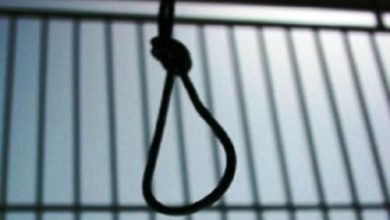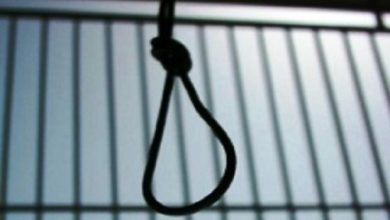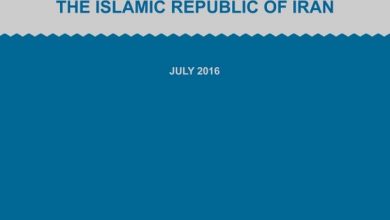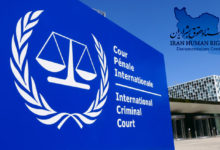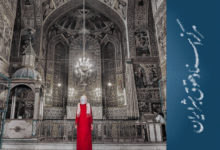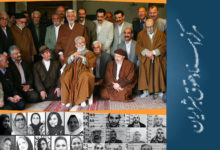This report is a collection of witness statements documenting the experiences of five female prisoners in connection with the Islamic Republic of Iran’s summary execution of thousands of political prisoners during the summer of 1988. These witnesses recount, in vivid detail, the climate of fear, chaos and utter confusion that took hold of the prisons immediately before the executions began in July 1988. One witness describes her efforts to obtain information about her imprisoned husband, while the others provide harrowing accounts of events inside the prisons. Along with its companion report, Deadly Fatwa: Iran’s 1988 Prison Massacre, this report contributes to documenting a national tragedy that has inexplicably received little international attention. (This report was revised in January 2010 to correct inadvertent errors in a witness statement.)
Table of Contents
Contents
Introduction
Speaking for the Dead: Survivor Accounts of Iran’s 1988 Massacre is a collection of witness statements documenting the experiences of five female prisoners in connection with the Islamic Republic of Iran’s summary execution of thousands of political prisoners during the summer of 1988. The statements were prepared from in-person and telephone interviews conducted by the Iran Human Rights Documentation Center (IHRDC) during the summer of 2009, twenty-one years after the horrific events of 1988. Along with its companion report, Deadly Fatwa: Iran’s 1988 Prison Massacre, this report contributes to documenting a national tragedy that has inexplicably received little international attention.
All five witnesses were members of, or had family members affiliated with, leftist groups or parties in Iran. The prisoners had been arrested for minor offenses in the early to mid-1980s, a period during which the fledgling Islamic Republic targeted its political opponents for imprisonment, torture, execution and exile. Most of the prisoners had languished in prison for years on vague political charges (or no charges at all), and endured prolonged interrogations and systematic torture. By 1988, several, known as mellikesh, had completed their sentences, but remained in prison because they refused to publically confess to their alleged crimes or denounce their political views.
As early as 1987, prisoners throughout Iran’s prisons began noticing changes. Authorities in some prisons handed out questionnaires and conducted interrogations examining the prisoners’ religious and ideological views. They often reorganized the prisoners based on their answers, and the nature and length of their sentences. In July 1988, after the Iranian government accepted the United Nations-brokered cease-fire with Iraq, the authorities locked down the prisons. They shuffled prisoners between wards (and other prisons), and summoned many Mojahedin and leftist prisoners. Most of those summoned never returned.
The witnesses presented in this report recount the climate of fear, chaos, and utter confusion that took hold of the prisons. Many did not know what was happening, and, at least initially, were unable to fully grasp the gravity of the circumstances. One witness describes her efforts to obtain information about her imprisoned husband, while the others provide harrowing accounts of events inside the prisons. Several recall prolonged periods of solitary confinement, interrupted by interrogations and continued physical and psychological abuse. Some describe, in vivid detail, their experiences before the Death Commissions that were charged with interrogating prisoners about their political and religious beliefs in order to establish whether they were murtads, or apostates. Depending on their answers, the Commissions decided whether prisoners were worthy of being reformed through forced repentance and prayer, or simply deserved to be executed. The price of mercy was high: repeated lashings until the prisoner agreed to pray, or died under torture.
To this day, the Iranian government continues to deny that the massacre ever took place. The government’s security forces continue to prevent gatherings and commemoration ceremonies at mass grave sites (known as khavarans) scattered throughout Iran, where thousands of the executed are believed to have been secretly buried. The government also strictly monitors journalists, activists, and family members, prohibiting public discussion or coverage of the massacre and ensuring that the veil of secrecy surrounding the events of 1988 remains firmly in place.
In addition to the many prison memoirs, statements, speeches, and conferences commemorating the massacre, these statements reflect the resolve of survivors who struggle to provide a voice to the thousands who perished, so that the Iranian authorities may be held accountable for their torture and executions. The IHRDC wishes to thank these courageous women who agreed to be interviewed, and who provided their invaluable cooperation and guidance in preparing these statements. For safety and security reasons, the names of some of the witnesses have been altered for this report.

